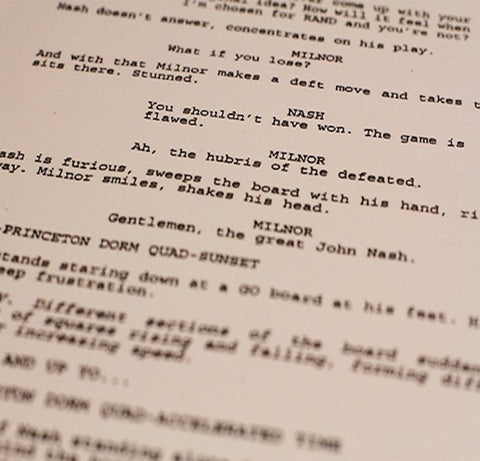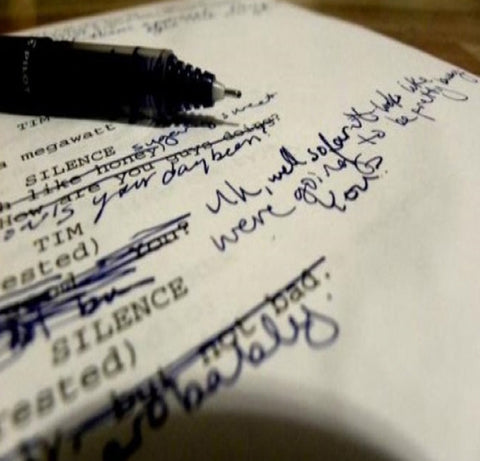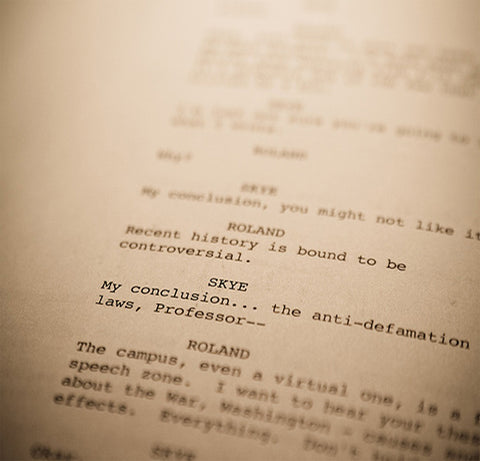
WHAT IS THIS MOVIE?
“What is this movie?” is the first and most essential question that every screenplay needs to answer. It is the question that is on the mind of every reader at every step in the process, and ultimately the question asked by the audience that is deciding which movie to watch.
By asking what the movie “is,” we’re talking about a variety of elements: genre, sub-genre, paradigm, tone, audience. We know who is going to watch the movie, and why, and what they expect out of the movie they have chosen to watch, and where the movie exists in the ecosystem of the industry.
For example, let’s say we’re talking about a project that’s intended to be a family movie, i.e. something that’s okay for kids to see. While we might introduce some slightly dark elements, and/or some jokes that might be more for the parents, ultimately, we aren’t talking about a movie with a ton of on-screen sex and gore. Right?
But I’ve read a lot of scripts that are very cartoony in tone and subject matter, right up until a character gets murdered by a psychotic clown in act two. It’s easy to ask… what were you thinking when you wrote that scene? Because a psycho murder-clown indicates one kind of movie, and cartoony characters and choices indicate another.
It’s possible to mix anything, of course (as evidence by KILLER KLOWNS FROM OUTER SPACE) but we’re talking about threading a very specific needle… which requires knowing exactly what the movie is from the get-go.
Similarly, I’ve read “comedies” with no clear jokes. The script isn’t just not-funny; it’s hard to tell which parts are even supposed to be funny. I’ve read romcoms in which both of the leads are awful people and they hate each other – not played for laughs as a dark comedy – so when they kiss at the end it’s… huh? Where did that come from? I’ve read action movies with little or no action, “thrillers” that are just dramas with one slight thriller element, and so on.
Point being: the script should adhere to the tenants of a specific genre, and then deliver the goods of that genre in order to be a successful project.
This also comes down to vision and tone. For example, let’s say we have an action movie. We keep the same basic premise, characters, and story… but one is a very dark, gritty action-thriller directed by Jennifer Kent (The Nightingale, The Babadook), the other is a fun, over-the-top popcorn action comedy by Sam Raimi (Doctor Strange in the Multiverse of Madness, Evil Dead, Spider-Man). Even though both are in the same genre, and build on the same story elements, we’re talking about two very different movies. So, a script that bounces between ultra-gritty action-thriller and popcorn action-comedy without settling on a choice is just going to make readers (and the audience) wonder, “What is this movie?”
A dark movie can have lighter moments. A comedy or family film can have some serious emotional ballast. We can mash-up genres. But ultimately every choice needs to be in service to the answer to, “What is this movie?




